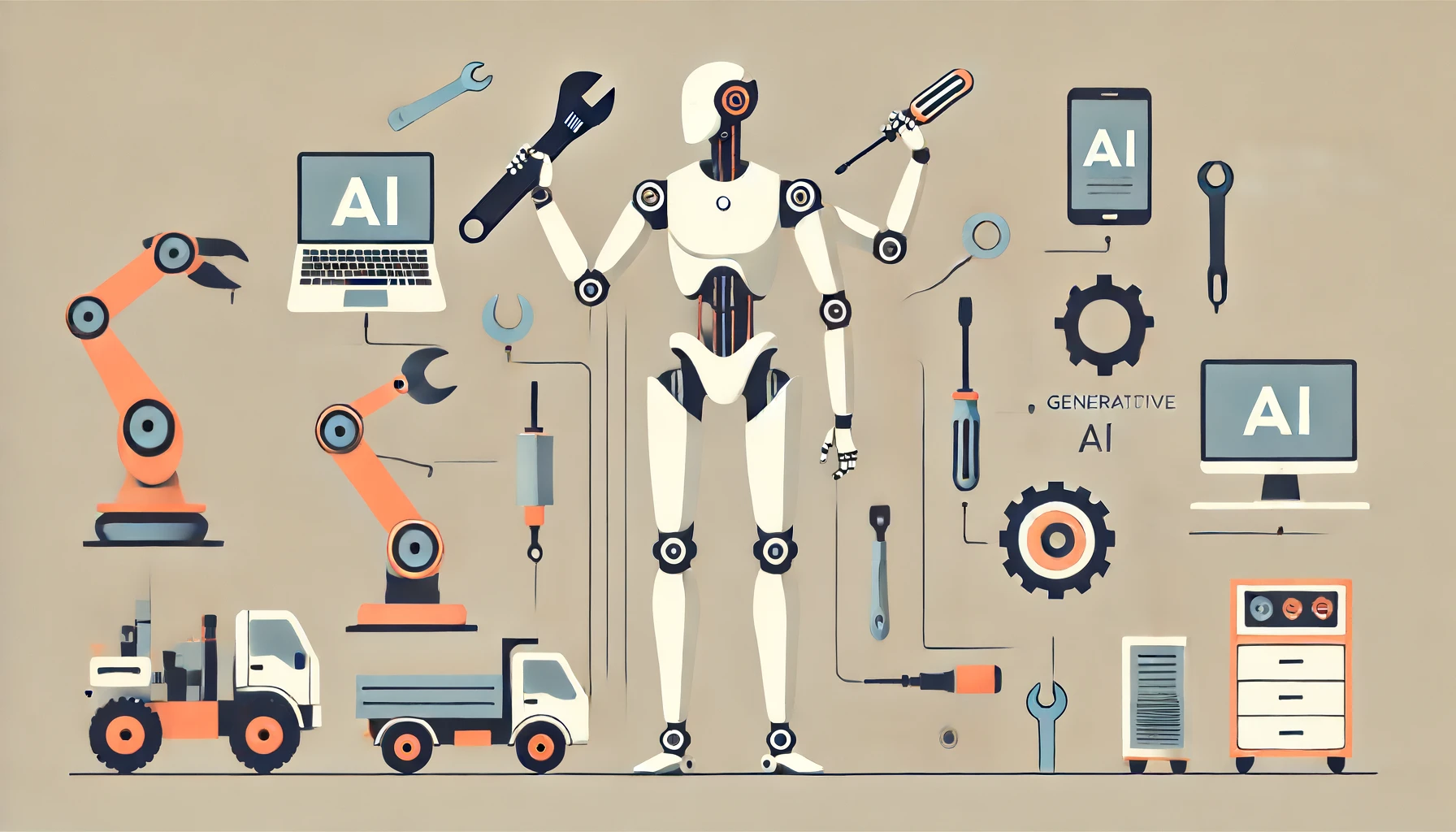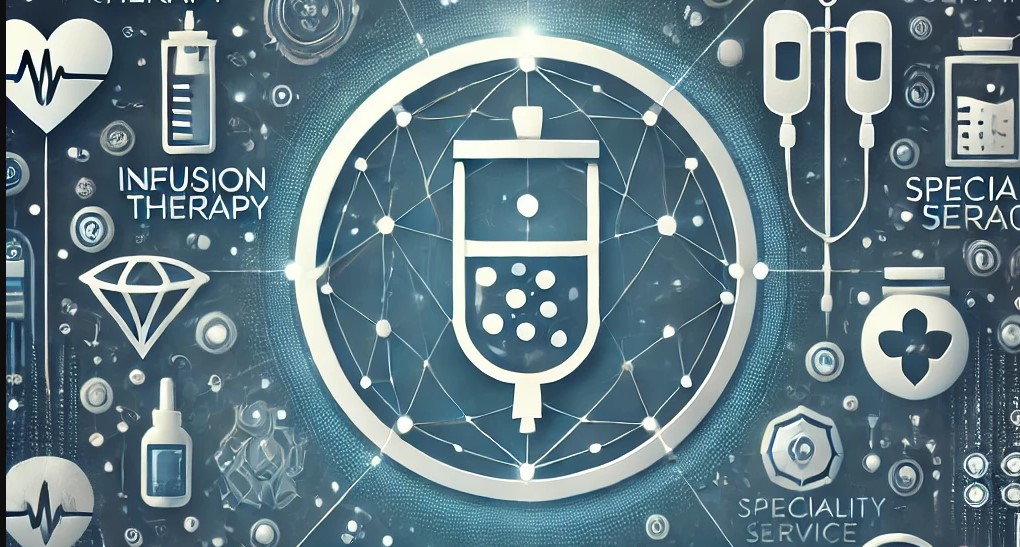Generative AI is propelling humanoid robotics towards a new era, where robots can perform a multitude of tasks rather than being restricted to single functions. Recent research from the Massachusetts Institute of Technology (MIT) highlights significant strides in this domain, underscoring the transformative potential of AI-driven training methodologies for robotics.

Pioneering General-Purpose Robotics
The development of general-purpose humanoids has long been a challenging yet enticing goal for researchers. Traditional robotics has largely focused on hardware design, but the next frontier lies in developing a robotic intelligence capable of leveraging the extensive range of movements that bipedal humanoid robots can perform.
MIT’s latest research emphasizes the role of generative AI in overcoming this challenge. The introduction of sophisticated AI models could fundamentally change how robots learn and execute tasks, shifting from fragmented, task-specific systems to more cohesive, multi-functional entities.
Innovations in Robotic Training
One of the critical hurdles in developing general-purpose robots is the training process. While there are well-established methods for teaching humans various skills, robotic training remains in a more experimental phase. Techniques such as reinforcement learning and imitation learning have shown promise, but they are not yet sufficient on their own.
MIT researchers have introduced a novel method called policy composition (PoCo), which combines generative AI models with existing training techniques. This approach involves training separate diffusion models to master specific tasks using distinct datasets. These individual policies are then integrated to form a comprehensive strategy that enables a robot to perform multiple tasks across different settings.
Significant Improvements in Task Performance
The results of MIT’s experiments are promising. The incorporation of diffusion models has been shown to enhance task performance by 20%. This improvement is particularly significant for tasks requiring multiple tools and for learning new, unfamiliar tasks. The PoCo method allows robots to synthesize information from various datasets into a cohesive sequence of actions, enabling them to perform complex tasks more efficiently.
Lirui Wang, the lead author of the research paper, explains, “One of the benefits of this approach is that we can combine policies to get the best of both worlds. For instance, a policy trained on real-world data might achieve more dexterity, while a policy trained on simulation might achieve more generalization.”
Towards a Multi-Purpose Future
The ultimate goal of this research is to create intelligent systems that enable robots to interchangeably use different tools to perform various tasks. Achieving this would represent a significant step toward the long-held dream of general-purpose robots. Such advancements could revolutionize numerous industries, from manufacturing and healthcare to domestic services.
From my point of view, the potential benefits of generative AI in robotics are immense. By enabling robots to perform a wide range of tasks, we can significantly enhance efficiency and adaptability in various fields. However, this also comes with challenges. Ensuring the safety and reliability of these systems is paramount, especially as they become more integrated into everyday life.
Moreover, the ethical implications of advanced robotics must be carefully considered. As robots become more capable, questions about job displacement and the role of human workers in automated environments will become increasingly pressing. It is essential to strike a balance between technological advancement and social responsibility.
Conclusion
MIT’s research marks a pivotal step forward in the quest for general-purpose humanoid robots. By harnessing the power of generative AI, researchers are making significant strides in developing systems that can perform a variety of tasks with greater efficiency and adaptability. While challenges remain, the potential benefits of these advancements are vast, promising a future where robots can seamlessly integrate into and enhance numerous aspects of human life. As I see it, continued innovation and thoughtful consideration of the ethical implications will be crucial in realizing the full potential of general-purpose robotics.






